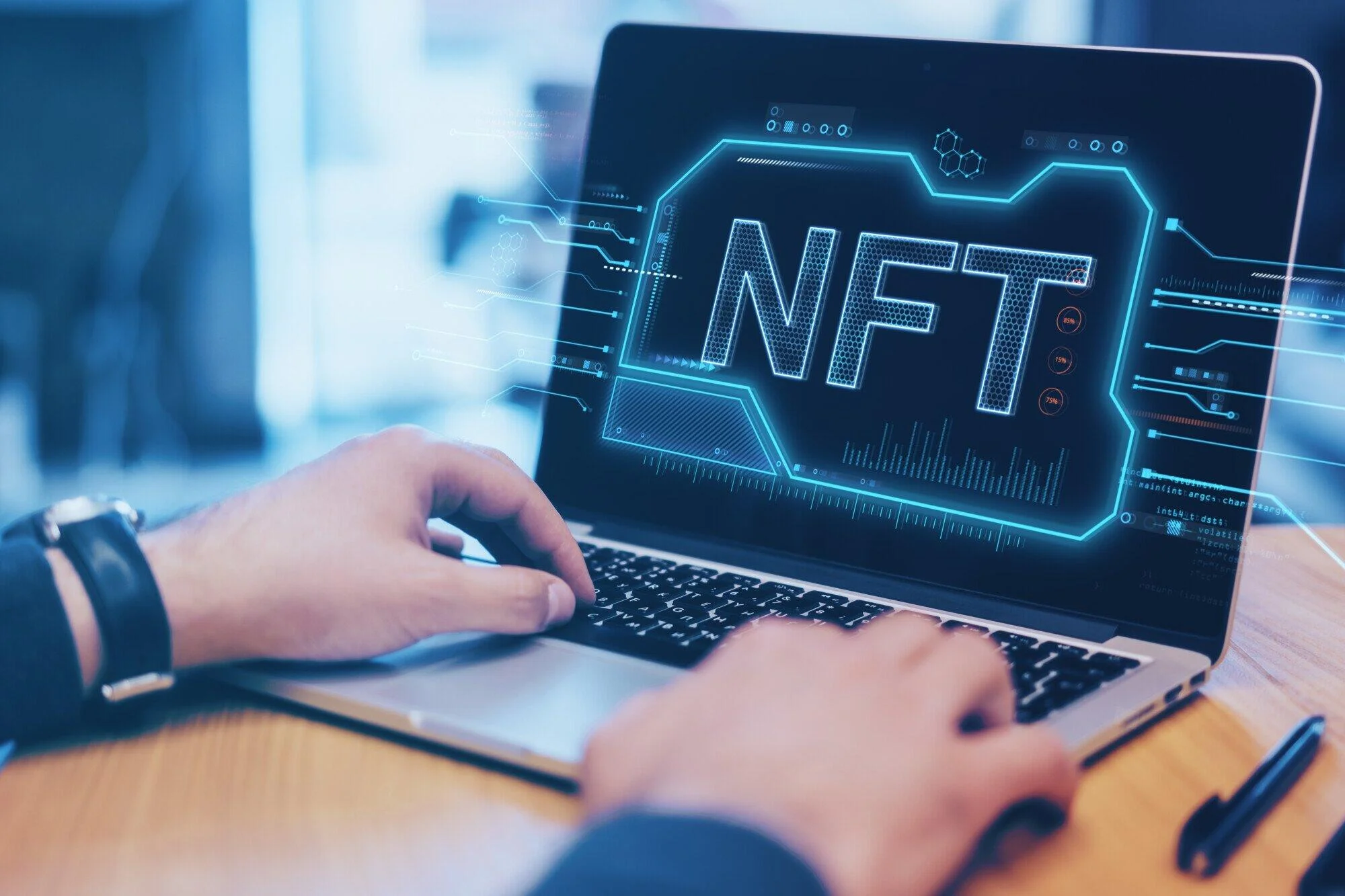Whenever you speak to a financial advisor about investing for retirement or the future, one of the first things they will speak about is diversification as a primary strategy.
Diversification is aimed at reducing risk by spreading investments across various asset classes. Understanding the difference between fungible vs non-fungible assets is crucial for making informed diversification decisions.
Both asset types offer unique benefits and challenges, but determining which is better for diversification depends on your investment goals and risk tolerance. Keep reading to find out more.
Fungible Assets
Fungible assets are interchangeable units of value that can be easily exchanged or replaced with another identical item. Examples include currencies, stocks, bonds, and commodities.
The key characteristic of fungible assets is their uniformity; each unit is equivalent to another unit of the same type.
Their benefits for diversification come from their highly liquid nature, which means they can be bought and sold quickly. They are also standardized, resulting in easy portfolio management. Finally, they are also highly transparent and regulated, which makes it easy to avoid fraud and ensure a level playing field.
They do have two drawbacks, though. They can be subject to significant market volatility, resulting in unpredictable returns.
And they are highly correlated to the market, which means if the economy downturns, the assets will go down in value as well. This reduces the effectiveness of diversification.
Non-Fungible Assets
Non-fungible assets are unique items that cannot be easily exchanged on a one-to-one basis. Examples include real estate, art, digital collectibles, and non-fungible tokens (NFTs).
Each non-fungible asset has distinct characteristics and values, making them inherently different from one another.
Some of the benefits of non-fungible assets for diversification are:
- Low correlation with traditional financial markets, reduces volatility
- Potential for appreciation over time enhances portfolio returns
- Tangible value and utility, which adds stability to a diversified portfolio
But non-fungible assets also have drawbacks. They aren’t liquid enough. For example, selling a piece of art takes time and involves significant costs.
It’s also hard to figure out the value of non-fungible assets, like for example with NFTs, unless you become a digital asset investor. Finally, storing and maintaining them can be expensive and difficult. This is because they need special storage conditions to preserve their value.
Which Is Better for Diversification?
The choice between fungible and non-fungible assets for diversification depends on individual investment goals, risk tolerance, and time horizon.
Fungible assets are ideal for those who prefer a more active trading approach and value market transparency.
Non-fungible assets are better suited for investors willing to take a long-term view, accept liquidity constraints, and invest in tangible assets.
Fungible vs Non-Fungible Assets – Know the Difference
As you can see, the choice between fungible vs non-fungible assets depends highly on your risk tolerance level, investment goals, and time horizon. You will have to do some future visioning to figure out which asset classes to invest in.
Read through related articles on our website to stay informed on various trending topics like Business, Tech, and Sports.


